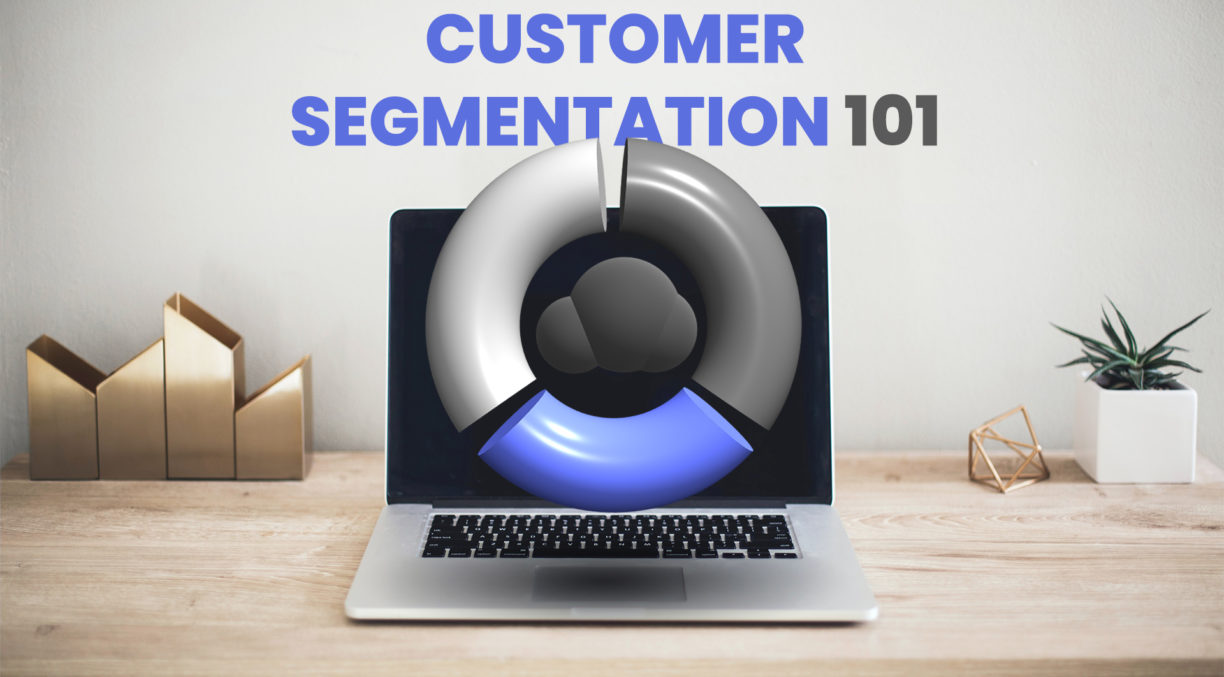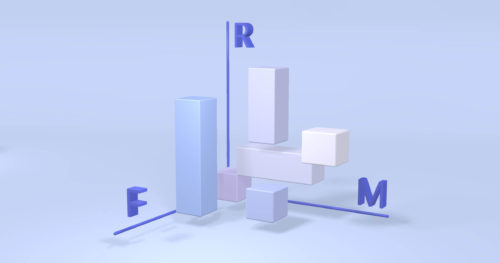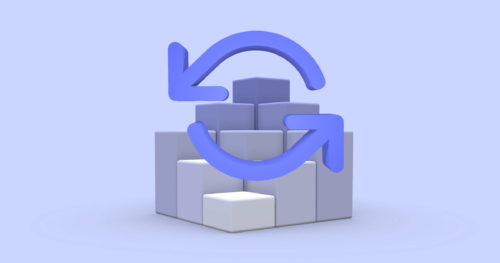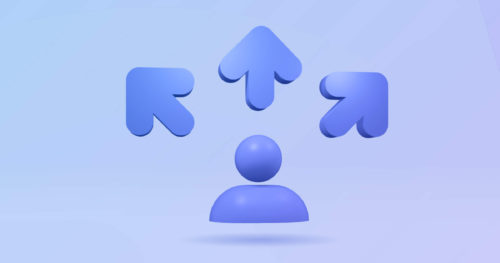Customer segmentation is a process of dividing customers into groups based on certain common characteristics. The goal of grouping customers is to maximize the potential value of every group to the business by finding the most effective personal approach.
Segmentation can be performed by any common attribute. In B2C marketing, they are usually linked to demographics:
- Gender
- Age
- Marital status
- Location
- Education
More advanced customer segmentation includes behavioral segmentation attributes:
- Purchase behavior (time of purchase, preferred products, frequency, etc.)
- Customer journey (visited pages, a sequence of actions)
- Device used
- Acquisition channel
- Psychographic data (interests, values, attitudes)
Segmentation for B2B marketing is very similar with slightly different general characteristics. In that case, you would likely want to divide prospects by:
- Company size (i.e. number of employees)
- Industry
- Location
- Turnover
Why You Need Customer Segmentation?
Segmentation allows you to adjust marketing efforts to particular customers and better understand your audience overall. Here are a few examples of how you could benefit from customer segmentation.
Personalize marketing messages. People are different. What resonates with one group, could make zero sense to another. Addressing the unique pain points of different customers will not only optimize your marketing but also give you insights on how to improve your products or services.
Find the best communication channels. Some react better to emails, others — to social media posts or ads. Knowing where to approach different customer segments will save you time and money.
Increase customer loyalty. This results from a personalized approach. When people see that you care about them — by understanding their problems and finding the right words — they are more likely to return and become loyal clients (by the way, we’ve written an article on how to build customer loyalty that you might find interesting).
Upsell/cross-sell products and services. When you know what type of customer you are dealing with, it’s easier to sell them more as you know in advance what they are likely to prefer.
Identify the most profitable customers. A customer profitability analysis will give you a list of specific customers who spend most. But what’s even more important, you will clearly understand what unifies them. It will let you find more of alike.
How To Segment Customers?
There are various ways to analyze customer data. Basic customer segmentation can be done manually in spreadsheet editors like Microsoft Excel or Google Docs. In this case, the first thing you should focus on is data preparation:
- Export your customer data. If you use an eCommerce platform like Shopify, WooCommerce, PrestaShop, or similar, you can do it through an admin panel. The most common export format for such data is CSV (comma-separated values) as it is compatible with any software.
- Open (or import) the file with a preferred editor.
- Adjust the data to your needs. Review the exported data and choose which data fields you are going to use. You can remove the rest part to stay more focused.
- Now let’s get to grouping. Add filters to columns. Choose an attribute you would like to divide your customers by and begin to filter. For example, if you want to group customers by location, choose one or several (e.g. towns within a county) and filter out others.
- Congratulations! You have created your first segment.
- Now copy filtered customers to a dedicated spreadsheet for this particular segment.
- Do the same with the rest customers and you will have your customer base segmented by location.
Of course, you can add other attributes and segment clients by location, age, and gender at the same time. However, this will require significantly more effort.
Also, keep in mind that segments should be big enough. If you have a segment of just several people, there is no need to approach them with separate marketing activities. It just won’t pay off.
On the other hand, you can do it by using a software for customer segmentation, making the process automated and easier for you (which is what we are going to see next)
Automated Customer Segmentation
If you need more advanced customer segmentation, use automated solutions like Verfacto. Here’s why you would prefer an automated solution over manual segmentation (we will use Verfacto capabilities as an example):
- It saves time. Even a simple segmentation with one attribute could take several hours. When you work with more advanced segmentation, automated solutions can save you weeks.
- No need to prepare data for analysis. It seamlessly integrates to your eCommerce platform and automatically exports data.
- It unifies data from separate sources into one dataset. The simplest example: Verfacto can take demographic data, purchase history, and behavioral data — and turn everything into one rich dataset. Although this, in theory, can be done manually, it would take a ridiculous amount of time.
- Segments are always up-to-date. Once you connect an automated solution to your eCommerce platform, it can regularly (or even in live mode, as Verfacto) export updated customer data and perform new segmentation.
- You don’t need to know what exactly you are segmenting. If a tool is powered with AI/Machine Learning, it can search for insights in your data by itself. Meaning that you don’t need to have questions in order to get answers.
Customer Lifetime Value (LTV)
Although you can divide customers into groups based on any criterion, the most important segmentation when you plan your marketing strategy is done by customer lifetime value (CLV or LTV). This allows you to segment clients by how much value they bring to your business.
Obviously, the longer customers buy your products or services the more they spend. That’s why it’s important not only to analyze how much they have already spent but also to predict how much they are likely to spend in the future.
Machine Learning Segmentation
Although automated segmentation is significantly better than manual, much more can be done if artificial intelligence is involved. Computers have far higher processing capacity that a human brain, so why not to give them more complex tasks?
AI can improve the segmentation process amazingly. With its power, you don’t even need to know in advance what are you doing the segmentation for. Algorithms can process the data and identify important correlations. These correlations are then shown as insights.




